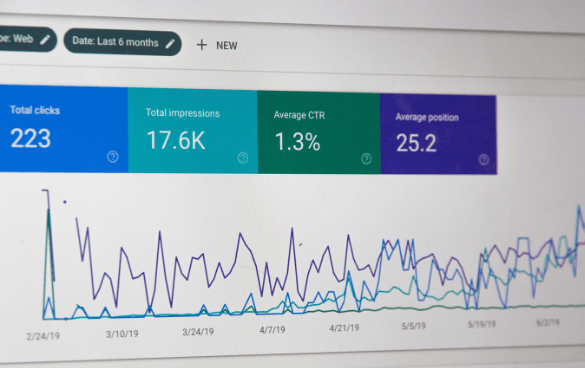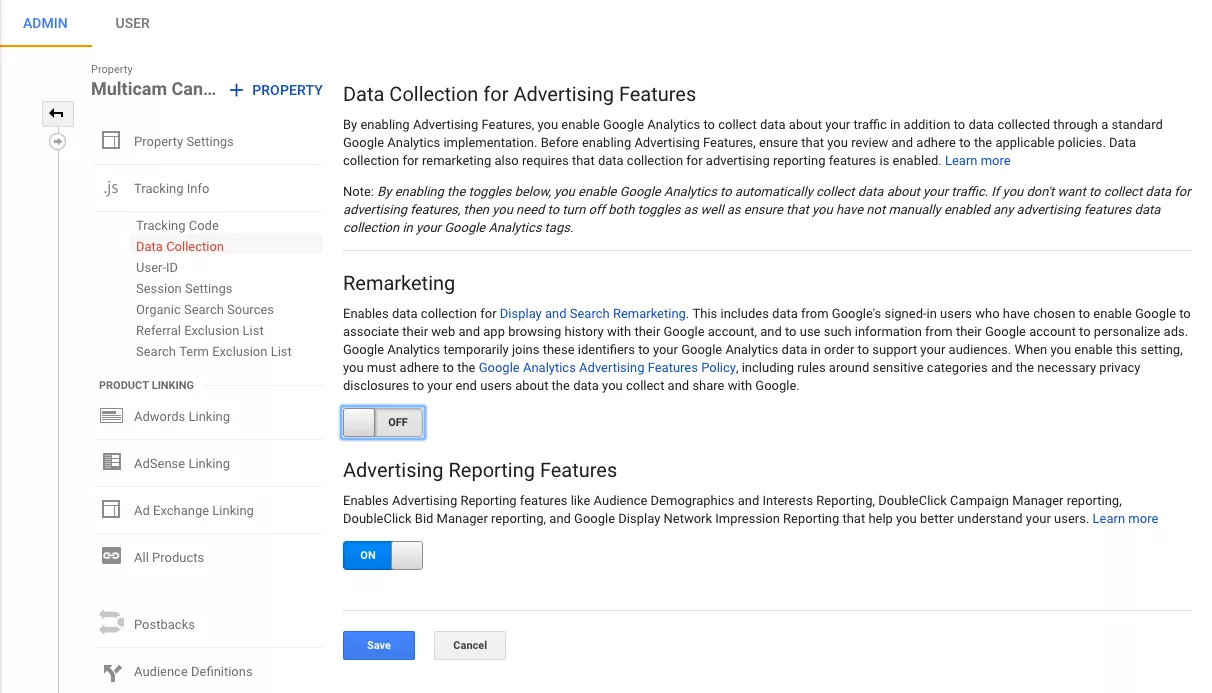Trick Attributes of Remarketing In Google Analytics Explained
Trick Attributes of Remarketing In Google Analytics Explained
Blog Article
Reliable Strategies for Remarketing in Google Analytics
In the world of electronic advertising, the realm of remarketing in Google Analytics stands as an essential device for organizations intending to improve their on-line presence and conversion prices. With calculated audience segmentation, tailored remarketing listings, and engaging advertisement creatives, services can craft tailored campaigns that reverberate with their target market. The true success lies in the capability to continuously refine and enhance these methods based on performance metrics and information insights. By checking out the nuances of vibrant remarketing and leveraging sophisticated tracking tools, companies can open the full possibility of their remarketing efforts, resulting in raised brand exposure and consumer engagement.
Target Market Division
Utilizing audience segmentation is a crucial approach in optimizing the efficiency of remarketing projects within Google Analytics. By separating your target market right into distinct teams based upon their habits, demographics, or passions, you can customize your marketing messages to be a lot more appropriate and appealing. This method enables you to deliver customized ads to details segments, raising the likelihood of conversion.

Moreover, target market division aids you recognize the differing demands and choices of various consumer groups, allowing you to craft more compelling ad creatives and offers. This targeted method not just improves the efficiency of your remarketing initiatives yet likewise boosts overall campaign performance.
Establishing Remarketing Lists
To efficiently execute remarketing strategies in Google Analytics, the initial step entails producing targeted remarketing lists based upon particular target market communications. Establishing remarketing listings enables marketers to section their website site visitors right into different categories based on their habits, such as pages checked out, items browsed for, or actions tackled the website. By defining these sections, online marketers can after that produce appropriate and personalized ads that target these specific teams, boosting the possibility of conversion.
Remarketing lists can be established using different requirements such as page brows through, duration of visit, details objective conclusions, or also particular events caused on the web site. This degree of customization allows marketing professionals to customize their advertisements to match the rate of interests and preferences of each fractional target market, leading to greater involvement and conversion prices.
Additionally, remarketing checklists can likewise be created based upon data imported from various other resources like CRM systems, allowing for even more precise targeting. By setting up these targeted remarketing listings, marketers can efficiently get to out to potential clients who have actually already shown rate of interest in their product and services, optimizing the effect of their remarketing campaigns.
Developing Compelling Ad Creatives
After segmenting web site visitors into targeted remarketing checklists based on details target market communications, the following important step is to craft engaging advertisement creatives that resonate with each fractional team's choices and interests. The effectiveness web of remarketing campaigns greatly relies on the capacity of these ad creatives to catch the focus of the audience and drive them to take the preferred activity.
To develop compelling ad creatives, it is necessary to recognize the special characteristics of each segmented group (What Is “Remarketing” In Google Analytics?). Customizing the messaging, visuals, and offers to line up with the passions and preferences of the audience can significantly increase the chances of conversion. Utilizing dynamic advertisements that immediately change content based upon the customer's behavior can likewise enhance the customization of the advertisement experience

Surveillance Efficiency and Optimization
Reliable tracking of project efficiency and continuous optimization are crucial aspects of successful remarketing techniques in Google Analytics. To guarantee the effectiveness of remarketing projects, marketing experts need to consistently track vital performance metrics such as click-through rates, conversion prices, and return on ad spend. By keeping an eye on these metrics, online marketers can gain beneficial insights into the performance of their projects and determine areas for enhancement.
In Google Analytics, marketing professionals can leverage devices like conversion tracking and target market segmentation to assess the performance of their remarketing projects. Conversion tracking allows marketing professionals to track certain activities that individuals take after clicking on a remarketing advertisement, providing useful information on the performance of the project in driving wanted end results. Audience segmentation, on the other hand, allows marketers to separate their target market into various sections based upon various requirements such as demographics, habits, and interests, permitting more targeted and individualized remarketing initiatives.
Constant optimization is important for maximizing the impact of remarketing projects. Marketing experts ought to use A/B screening to experiment with different advertisement creatives, messaging, and targeting browse around this site methods to determine the most effective techniques. By consistently assessing campaign performance data and making data-driven optimizations, marketers can guarantee that their remarketing campaigns are achieving the wanted results and driving conversions effectively.
Leveraging Dynamic Remarketing
Utilizing dynamic remarketing can significantly enhance the significance and effect of targeted advertisements in Google Analytics. This sophisticated strategy enables marketers to reveal personalized advertisements to users who have previously visited their website or utilized their mobile app. By dynamically presenting product and services that the individuals have shown rate of interest in, dynamic remarketing assists to keep the brand name fresh in their minds and encourages them to return to complete a purchase.

Additionally, dynamic remarketing projects can be automated and maximized in real-time based on performance data, ensuring that the advertisements remain efficient and relevant. By leveraging vibrant remarketing in Google Analytics, marketers can produce extra impactful and targeted marketing campaign that resonate with their audience and drive outcomes.
Verdict
To conclude, reliable remarketing approaches in Google Analytics involve audience segmentation, targeted remarketing checklists, compelling ad creatives, efficiency surveillance, and dynamic remarketing. By focusing on customized advertisements, information evaluation, and continuous optimization, companies can increase conversion rates and drive interaction efficiently. Leveraging devices like conversion tracking ensures that advertisements continue to be personalized and relevant, resulting in general success in remarketing initiatives.
With strategic audience division, customized remarketing lists, and engaging ad creatives, services can craft personalized projects that reverberate with their target audience. Utilizing vibrant ads that instantly change material based on the individual's habits can likewise enhance the customization of the advertisement experience.
Conversion tracking allows online marketers to track certain actions that users take after clicking on a remarketing advertisement, supplying valuable information on the effectiveness of the campaign in driving desired results.Using dynamic remarketing can substantially improve the importance and impact of targeted advertisements in Google Analytics - What Is “Remarketing” In Google Analytics?.In final thought, effective remarketing methods in Google Analytics involve audience division, targeted remarketing checklists, engaging ad creatives, performance monitoring, and vibrant remarketing
Report this page